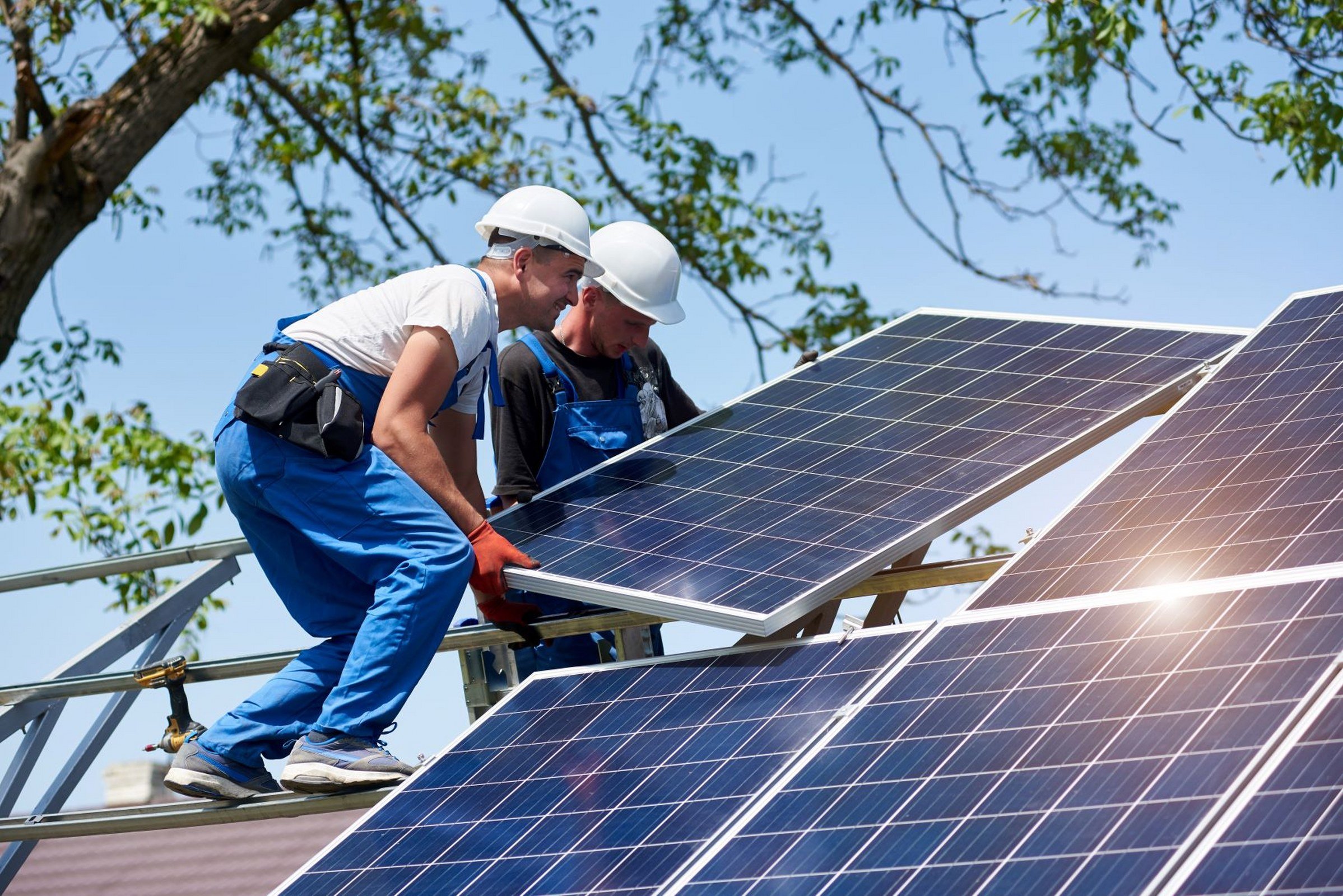Why is Green Construction More Expensive Than Traditional Construction?
Green construction has gained loads of traction in recent years, promising homes and buildings that are environmentally friendly, energy-efficient, and healthier for occupants. Many people believe these “green” features drive up the cost, making sustainable construction a luxury only a few can afford. This perception often causes potential homebuyers and developers to hesitate, questioning whether the benefits of a green building are worth the initial investment.
However, it’s important to clarify that green construction is not inherently more expensive due to the effects it produces, like energy efficiency, better indoor air quality, or lower maintenance needs. In fact, these effects often provide long-term savings, durability, and other benefits that traditional construction cannot match. So, if it’s not the outcomes of green construction that increase costs, what is?
1. Higher-Quality Materials
Green buildings prioritize sustainable materials, such as certified lumber, recycled content, non-toxic finishes, and insulation with higher R-values. These materials are often sourced from responsible suppliers and are more durable, designed to last longer, and minimize environmental impact. While these materials tend to cost more than standard building products, they ensure that a building’s footprint on the planet is minimized over its lifetime.
2. Specialized Design and Engineering
Water management and filtration technique
Green construction often requires sustainable architecture and engineering expertise to meet environmental standards. These professionals are skilled in designing buildings that maximize natural light, optimize ventilation, and use energy-efficient systems. Their expertise ensures that the building performs optimally for the occupants and the environment.
This level of design complexity adds to the initial cost. Green architects and engineers must consider passive solar design, rainwater harvesting systems, advanced insulation, and more. These elements may be separate from traditional construction, requiring additional design hours and sometimes specialized software or testing.
3. Enhanced Building Codes and Certification Standards
When constructing a green building, developers usually aim to meet environmental certifications like LEED, WELL, or EDGE. Each certification has rigorous requirements that ensure the building will meet high standards for energy efficiency, water usage, and indoor air quality, and healthy home factors.
These certifications are valuable because they communicate a building’s quality and sustainability to buyers and tenants, yet the process is not cheap. The testing, inspections, and paperwork needed to meet these criteria can quickly add up, making certification one of the pricier components of going green.
4. Cutting-Edge Technology and Systems
Green construction integrates advanced technology like renewable energy systems (solar panels, wind turbines), energy-efficient HVAC systems, and smart home devices for monitoring and optimizing energy use. Smart automation controls lighting, heating, cooling, and security, adapting to daily patterns and seasonal changes to minimize waste. For example, automated lighting dims or turns off in empty rooms, and smart thermostats adjust temperatures based on occupancy and weather. Additionally, app-controlled locks and cameras enhance security and offer remote access.
Although these systems support sustainability and long-term savings, their initial costs can be higher than traditional options.
5. Skilled Labor and Specialized Contractors
The specialized materials, technology, and techniques used in green construction require skilled labor and contractors familiar with sustainable building practices. Traditional construction crews may need to be equipped to install solar panels, manage advanced HVAC systems, or work with certain types of eco-friendly insulation. Green construction often demands skilled labor, which comes at a premium.
6. Research and Development Costs
The green construction industry constantly evolves as new technologies, materials, and methods are developed. Because of this, significant investment in research and development often trickles down into project costs. Builders and developers working with cutting-edge techniques might spend more time and resources researching the best solutions, testing new materials, and learning new building practices.
For instance, a developer might invest in testing the performance of a new type of eco-friendly insulation or study the impact of a novel green roof design. These R&D efforts are crucial to innovation in sustainable building practices but do increase the cost of a green construction project.
The Value Proposition
The long-term value of green construction offsets its higher initial costs, as energy-efficient systems lower utility bills, sustainable materials reduce maintenance, and improved indoor air quality enhance occupant health. These factors cut operating expenses and increase a property’s resale value, making green buildings more appealing to buyers.
As demand grows, economies of scale are expected to lower the costs of sustainable materials and technologies, gradually reducing the initial investment needed for eco-friendly construction.
Final Thoughts
Green construction tends to cost more upfront, not because it aims to cut energy bills and create healthier, low-maintenance homes, but because it relies on top-notch materials, skilled labor, advanced tech, and strict certifications. Choosing these options is an investment in a future that benefits both people and the planet, bringing long-term savings and value for homeowners and the community.







